Trying basil in pots
tetrazzini
9 years ago
Related Stories

SUMMER GARDENINGHow to Grow Basil
Bright color, quick growth and endless uses for cooking make this summer annual a winner in the garden or a pot
Full Story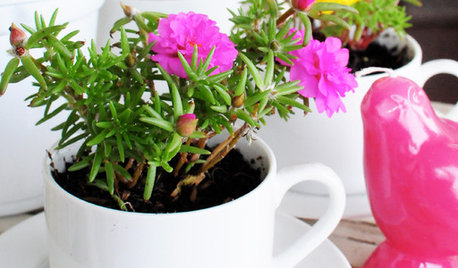
CONTAINER GARDENSDIY Project: Teacup Planter Pots
Add a riot of color to a windowsill, table or balcony by repurposing old cups and saucers as little planter pots
Full Story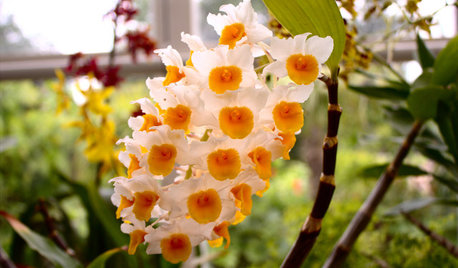
HOUSEPLANTSOrchids 101: Try Something Different With Dendrobiums
If you’re looking for something out of the ordinary, these orchids may be a good choice
Full Story
GARDENING GUIDES15 Ideas to Try in Your Garden This Year
These gardening stories were tops among Houzz readers. Which ideas might you try this year?
Full Story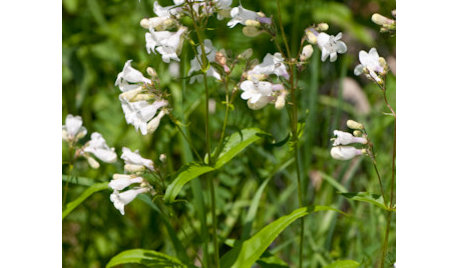
GARDENING GUIDESGreat Design Plant: Try Penstemon Digitalis for Showy White Blooms
Bees gather nectar from this North American native while you’ll appreciate its unthirsty nature and soil tolerance
Full Story
DECORATING GUIDES5 Decor Trends to Try — and 5 to Rethink
Some style trends are worth jumping onboard. Others you may want to let fade from your memory
Full Story
PLANTING IDEASWant a More Colorful, Natural Garden? Try a Perennial Meadow
Spend less time tending and more time taking in the sights by improving on Victorian and prairie garden designs
Full Story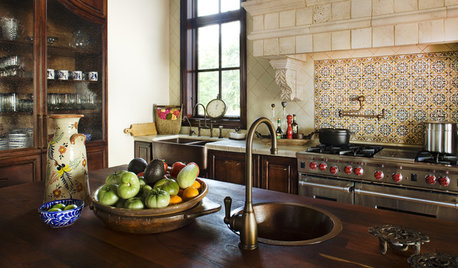
KITCHEN DESIGNTry a Copper Sink for a Warm Glow in the Kitchen
Bring polish and patina to your kitchen with a sink done in endlessly interesting copper
Full Story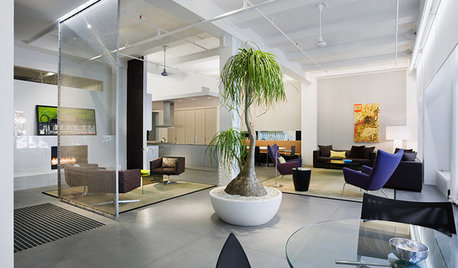
HOUSEPLANTSGot Bright Light but Lack Spare Time? Try Ponytail Palm
This low-maintenance houseplant has an exotic look and a drought-tolerant nature. Just give it lots of sun
Full Story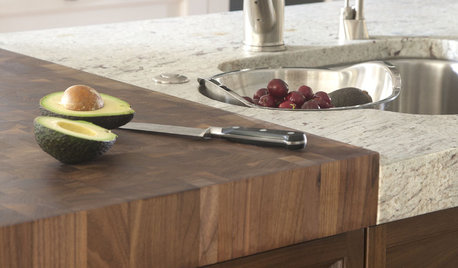
KITCHEN DESIGNKitchen Counters: Try an Integrated Cutting Board for Easy Food Prep
Keep knife marks in their place and make dicing and slicing more convenient with an integrated butcher block or cutting board
Full StoryMore Discussions







Slimy_Okra
tetrazziniOriginal Author
Related Professionals
Maple Valley Landscape Architects & Landscape Designers · East Rancho Dominguez Landscape Architects & Landscape Designers · Suffern Landscape Architects & Landscape Designers · Bainbridge Island Landscape Contractors · Desert Hot Springs Landscape Contractors · Fuquay-Varina Landscape Contractors · Morrisville Landscape Contractors · Porterville Landscape Contractors · Wells Landscape Contractors · Camp Springs Landscape Contractors · Shenandoah Landscape Contractors · Los Alamitos Decks, Patios & Outdoor Enclosures · Port Saint Lucie Decks, Patios & Outdoor Enclosures · Randallstown Decks, Patios & Outdoor Enclosures · Royal Oak Decks, Patios & Outdoor Enclosuresgardengal48 (PNW Z8/9)
tetrazziniOriginal Author
tetrazziniOriginal Author
johns.coastal.patio
david52 Zone 6
tetrazziniOriginal Author
david52 Zone 6
tetrazziniOriginal Author
Deeby
toxcrusadr